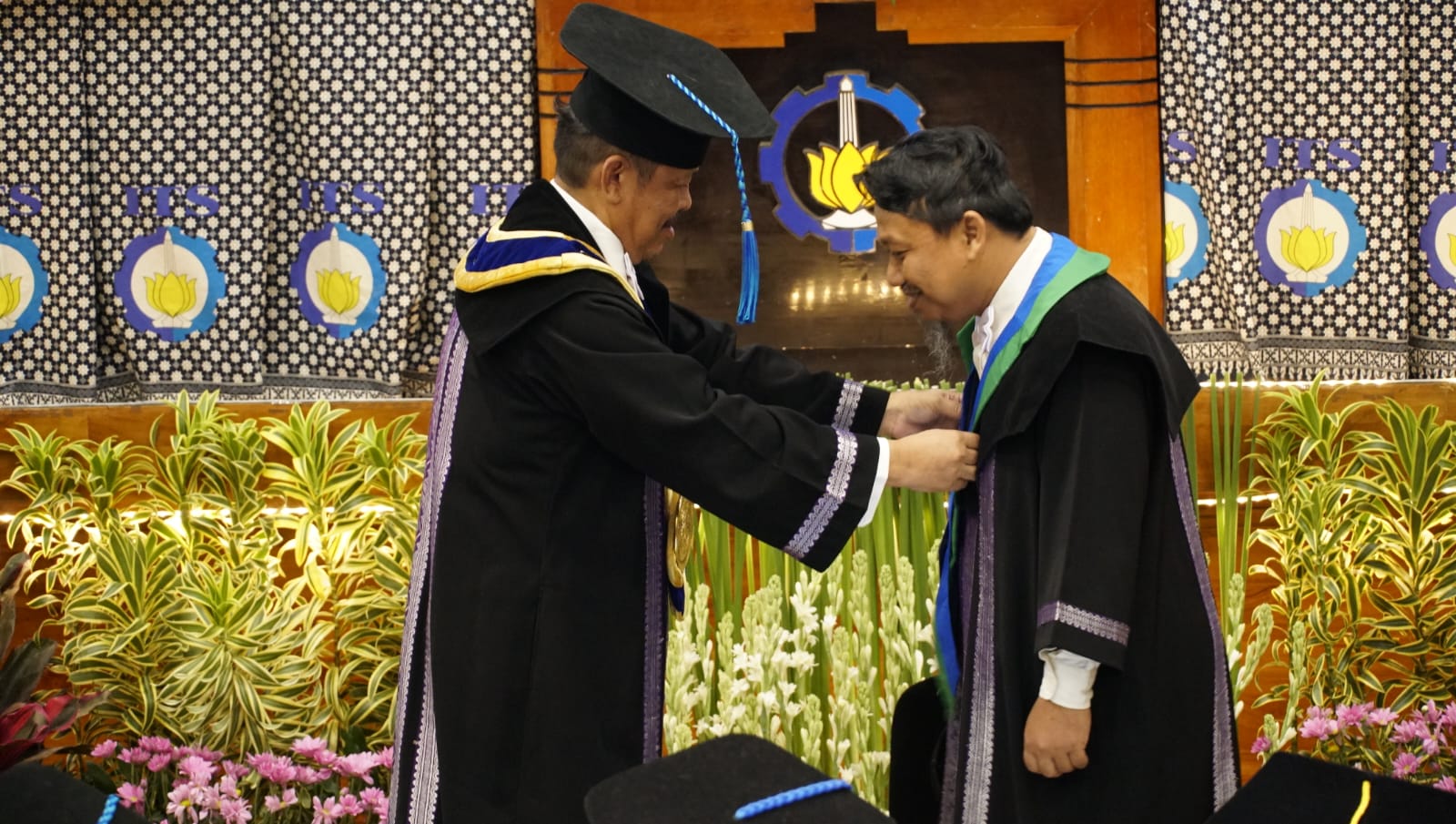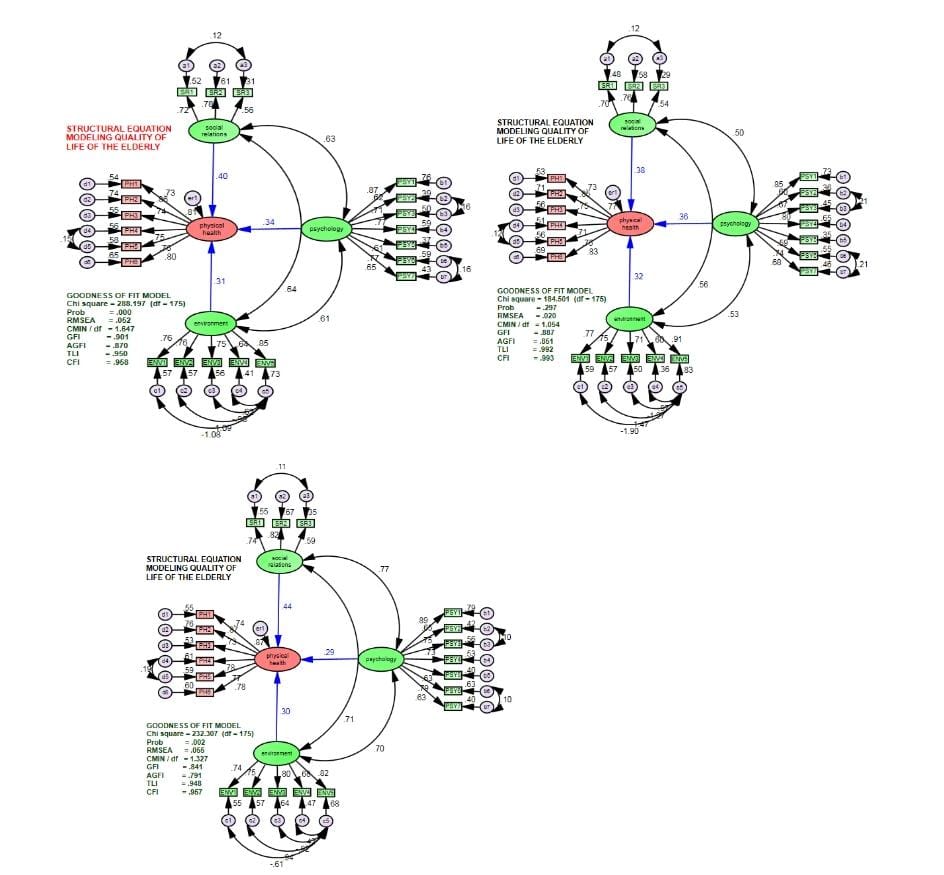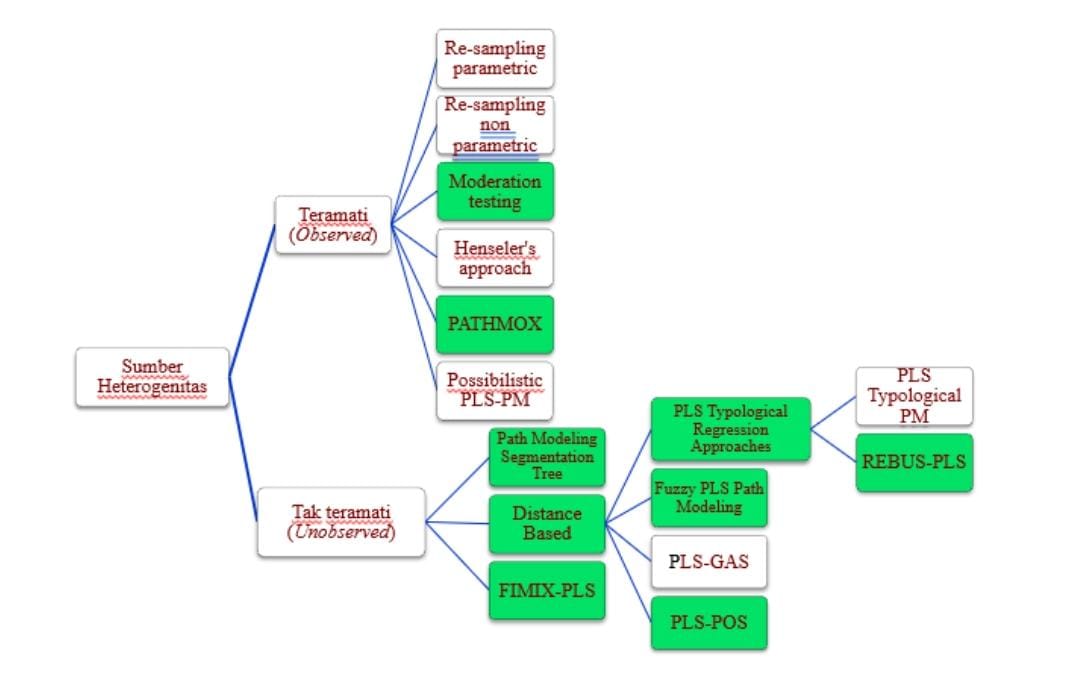ITS Professor Develops Multivariate Analysis to Increase Research Validity

Chairman of the ITS Professor Council, Prof. Dr. Ir. Imam Robandi MT (left), while appointing Prof. Dr. Bambang Widjanarko Otok MSi as the 153rd Professor of ITS.
ITS Campus, ITS News – Mistakes in drawing conclusions that lead to invalid research results often occur due to errors in data modeling. To prevent this, Prof. Dr. Bambang Widjanarko Otok MSi, a professor from the Faculty of Science and Data Analytics (FSAD) at the Institut Teknologi Sepuluh Nopember (ITS), has developed a multivariate analysis method to address unobserved heterogeneity in order to improve research validity.
The 153rd ITS professor from the Department of Statistics explained that errors resulting from data heterogeneity with multiple variables in research can be harmonized using multivariate analysis modeling. The multivariate analysis developed by this Surabaya-born lecturer through his scientific oration is a technique called Structural Equation Modeling (SEM), which is capable of modeling data with unobserved heterogeneity and producing valid results.
The man who also serves as the Head of the ITS Environmental and Health Statistics Laboratory explained that unobserved heterogeneity is a term used to describe unmeasured differences in data within variables. Bambang explained that with this heterogeneity, researchers cannot generalize the results of aggregate data analysis. “The results must be considered through differences in the model with more detailed observation segmentation,” said Bambang, husband of Nety Sumarni.

Path diagram of the modeling of the quality of life of the elderly in Surabaya as an example of the application of segmentation in multivariate analysis to address unobserved heterogeneity.
According to Bambang, the disclosure of unobserved heterogeneity is a prerequisite for obtaining valid results in modeling. However, this recipient of the Satyalancana Karya Satya X award in 2004 revealed that conventional segmentation methods usually fail in the form of modeling using structural equations. These methods only consider data from indicator variables, disregarding data from latent variables whose quantitative values are not visible.
In its development, this doctoral alumnus from Gadjah Mada University (UGM) compared that the method he developed is more sensitive in identifying unobserved heterogeneity in the modeling process. By combining partial least squares (PLS) SEM estimation with fuzzy clustering, Bambang believes that this method can improve previous segmentation modeling methods.

Multivariate analysis techniques used to address heterogeneity in the research conducted by Prof. Dr. Bambang Widjanarko Otok MSi from the Department of Statistics at ITS.
Furthermore, the recipient of the Dwidya Satya Madya from the ITS Rector in 2020 explained the integration of knowledge in this research. The integration of knowledge includes the discovery of new parameter interpreters in SEM, the discovery of new statistical tests in SEM, and the development of algorithms to estimate SEM model parameters that involve unobserved heterogeneity. “The approach used involves analytical mathematics or computational statistics,” added this father of five children.
Finally, the man born on November 24, 1968, believes that this multivariate analysis will be more effective in minimizing errors in drawing conclusions due to unobserved heterogeneity. Improving research validity as a response to minimizing modeling errors also has an impact on the accuracy of policy-making. “If the policy taken is correct, its benefits to society will be more optimal,” Bambang concluded optimistically. (ITS Public Relations)
Reporter: Shafa Annisa Ramadhani
Related News
-
ITS Wins 2024 Project Implementation Award for Commitment to Gender Implementation
ITS Campus, ITS News —Not only technology-oriented, Institut Teknologi Sepuluh Nopember (ITS) also show its commitment to support gender
May 15, 2023 15:05 -
ITS Professor Researched the Role of Human Integration in Sustainable Architecture
ITS Campus, ITS News –The developing era has an impact on many aspects of life, including in the field
May 15, 2023 15:05 -
ITS Sends Off Group for Joint Homecoming to 64 Destination Areas
ITS Campus, ITS News — Approaching Eid al-Fitr, the Sepuluh Nopember Institute of Technology (ITS) is once again facilitating academics who want
May 15, 2023 15:05 -
ITS Expert: IHSG Decline Has Significant Impact on Indonesian Economy
ITS Campus, ITS News — The decline in the Composite Stock Price Index (IHSG) by five percent on March 18,
May 15, 2023 15:05
